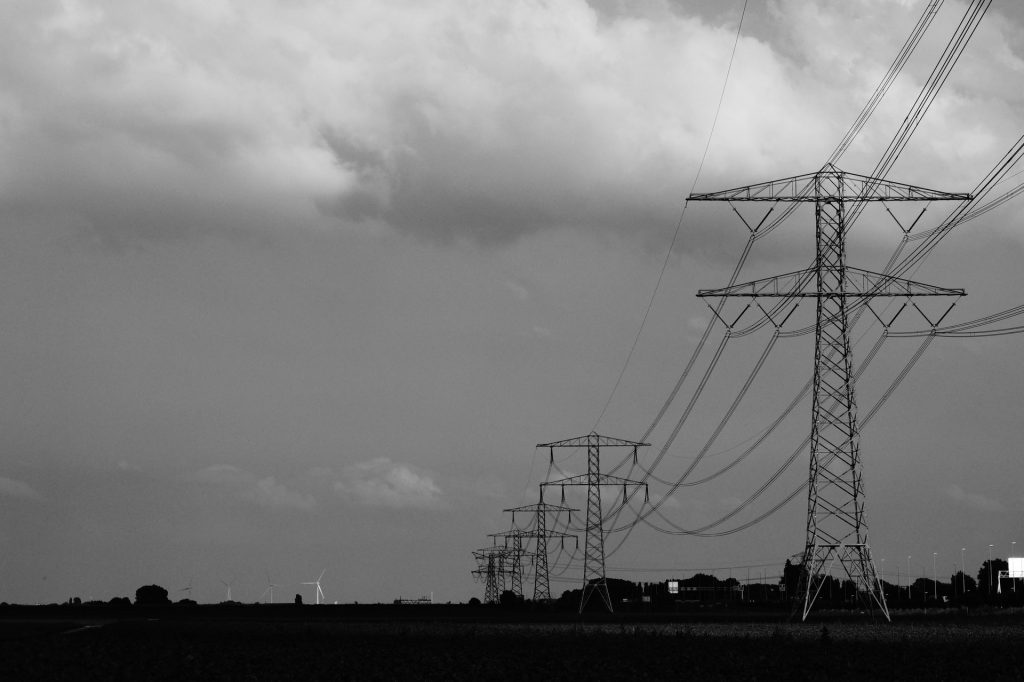Now that the initial unviable offerings of blockchain have vanished, the technology is making a palpable imprint on a variety of sectors. It is obvious that the most famous use case for blockchain is still cryptocurrencies, but its impact has since grown exponentially, modernizing everything from large enterprises in global supply chains to small merchant businesses. While other industries swept up in waves of disruption by blockchain, the energy industry has been slow to embrace change. The introduction of blockchain promises to speed things up and radically transform the industry’s processes and markets. Our article examines the impact of blockchain for
Blockchain in Energy Sector
Energy Blockchain Startups Raised $324 Million in the Last Year.
GreenTech Media
As more intermittent renewable energy flows into the grid and customers connect new equipment to produce, store, and consume energy, the need for platforms to manage increasingly complex energy systems is rising. Blockchain-based systems have potential to play a major role here.

Recognizing this, diverse entities have recently launched ventures to harness blockchain in different and unique ways, including both for-profit and nonprofit undertaking. Around half of them use a public blockchain; the other half use private blockchains. Most of these ventures are centered around “peer-to-peer” energy transactions and cryptocurrency-based electricity offers, but the range of applications also cover unique use-cases like the management of electric vehicles (EV) charging, or of renewable energy certificates. Here is a brief look at some actual use-cases of blockchain technology in the energy industry.
Microgrids
The traditional electrical supply models are challenged by microgrids. The term refers to a localised grid that can disconnect from the main grid and operate autonomously. It uses local sources of energy to serve local users, integrating the supply of energy from various producers, including local power generators and providers of renewable energy such as solar power. Consumers with their own energy production capabilities (wind turbines or solar energy systems) can sell their surplus energy production back to peers in the microgrid, on a pay-per-use basis (becoming ‘prosumers’). While physical microgrids are rare, virtual microgrids are on the rise using peer-to-peer energy trading.
Renewable Energy Certificates
The small-scale green generators must make do with whatever price their local utility pays them because of the following two reasons:
- The certification process for RECs is cumbersome and expensive for small
suppliers, and has physical audits. - Power purchase agreements can only be negotiated by large green generators.
The price that local utilities pay can be volatile due to meddling by legislators as well as by the utilities themselves. Thus, the small green generators are exposed to higher levels of risk than the bigger players.
Blockchain can help here by storing generation certificates that are created by tamper-proof meters attached to solar panels. They could also store transaction records when the certificates are traded, so that the same unit of generation cannot be resold. By eliminating auditors, transaction costs and price regulation, this solution makes renewable-energy investment attractive even for small players. Introducing blockchain for RECs could reduce the cost of certification, eliminate onerous auditing and avoid non-market price controls, so that even a small-scale green generator could de-risk investments.
Suggested: “Victory Royale: How Blockchain Could Fix Fortnite”
Sustainability
One of the most immediate applications of blockchain to the energy sector is its use in record and trade attributes of sustainability. Examples of such attributes include whether a unit of electricity is renewable and how much emissions resulted from its production. The current systems to track such attributes are centrally managed, complicated, and prone to fraud.
Suggested Case Study: Learn how Deqode created a blockchain solution to streamline the process involved in energy supply
Moreover, the compartmentalization of platforms prevents seamless trading of attributes across regions. A decentralized blockchain network could enable transparent, accurate, and frictionless tracking and trading of these attributes, which would accelerate clean energy deployment and carbon emissions reduction.
Energy Financing
The use of blockchain and cryptocurrencies to raise funds for energy projects is not new to start-ups. These startups have an ICO to raise funds, to then develop, say, a peer-to-peer trading platform. They could raise funds for energy projects (which tend, overwhelmingly, to be clean energy projects). They may broaden the pool of potential investors in renewable energy projects by enabling a multitude of smaller investors to supply capital. Blockchain funding ecosystems might enable smaller investors and individuals to invest in projects to which they otherwise would lack access. The cost of solar and wind projects has fallen steeply. Large institutional investors and major corporations are becoming increasingly comfortable with investing in renewable energy projects.
Recommended: An Affair of Two Chains: Blockchain in Supply Chain Finance
Blockchain potential from a regulatory perspective
Blockchain could potentially have benefits for the energy industry from a regulatory perspective:
Verification
Blockchain could present the option to clearly verify the source of energy. It has the capability to provide clear and verifiable records of energy. This will make blockchain the first technology to make it possible for the source of energy to be determined. This would also make it easier to issue certificates for emission allowances and energy efficiency improvements, which would

Clearing and Settlement
It is not only prosumers who may stand to benefit – but also transmission system operators. Using blockchains would allow them to clearly attribute clearing data to individual market participants. The planned introduction of smart meters will only help to allocate consumption quantities to a balancing group and to the electricity suppliers using that balancing group. A blockchain-based system would make it possible for the energy consumed to be clearly traced back to the point where it was generated. Overall, this would lead to significant cost reductions, with end users directly benefiting from a more efficient system.
Opportunities and Issues from a Consumer’s Perspective
Consumers would benefit from greater transparency and flexibility that blockchain provides. Because of:
- Lower transaction costs due to the elimination of intermediaries
- A larger number of market participants
The energy prices will start falling. Blockchain could replace some intermediaries currently operating and lead to a fall in transaction costs.
The possibility to fine-tune network operations, deployment of smart meters, smart contracts, and other new technologies will enhance flexibility. It will also promote customisation across all segments of energy consumption and sales. All of this could lead to
- Lower transaction costs due to the cutting out of intermediaries
- Falling prices as a result of greater market transparency
- Simple options for customers to become a service/electricity provider
- Simple transactions (documentation, contracts, payment)
Must Read: Driven by Innovation – Why the automotive industry should take a leap of faith into blockchain
Conclusion
The existing solutions, however, face a few problems from consumers’ perspective:
- High transaction costs and low speed for public blockchain systems
- Possibly lack of acceptance on the part of consumers due to the thought of safety issues
- No authority in the case of disputes, no direct possibility of escalating conflicts
We’d love to show you how we’ve helped several businesses in





